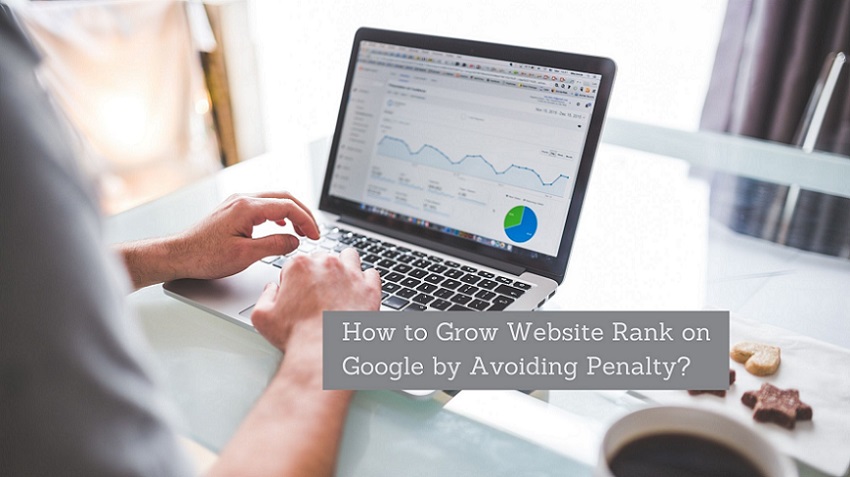Google has revised the Search Central guidelines to manage how title tags seem in search results. The update did not alter the guidance itself, but it produced it much easier to understand and removed considerable ambiguities in difficult-to-understand terms.
Google Modifies The Title Tag
Title tags are meta tags that describe the content of a web page. They are also ranking considerations.
As a result, many publishers use title tags to indicate keyword phrases for which their web pages should be optimized.
The title tag will be displayed by Google on the Search Results Page (SERP). It emphasizes the importance of using keyword phrases in title tags.
If the algorithm identifies more descriptive text than the publisher provided, Google has rewritten the title tag over the years.
In the summer of 2021, the ability to rewrite title tags in search results increased dramatically, causing concern among publishers and the search marketing community. Many people have reported a drop in search traffic because Google rewrote title tags.
According to one survey, more than 61 percent of search results had their title tags rewritten.
Changes To The Title Tag Guide
Google published a unique guide to checking title tags on October 8, 2021, titled, Check the title links in the search results (Archive.org snapshot of the original guide here).
Changes to the title tag guide clarify what they meant when they used the word “title”.
The term “title” is ambiguous because it can refer to either the title at the top of the web page or the HTML header element (H1, H2, H3).
The word “title” was used in the original version of the guide to indicate both the title at the top of the web page and a reference to the HTML header element (H1, H2, H3, etc.).
While the title at the top of the page is typically a header element, the new version of the guide, as shown below, is more precise.
The original is as follows:
“Make it clear which headline is the main headline for the page.”
The following is an updated version of the guidance:
“Make it clear which text is the main title for the page.”
Here is a part of the original version of the following sentence:
“…and it can be confusing if multiple headlines carry the same visual weight and prominence.”
The new and improved version:
“…and it can be confusing if multiple headings carry the same visual weight and prominence.”
The third sentence’s original version has been updated:
“Consider ensuring that your main headline is distinctive from other text on a page and stands out as being the most prominent on the page (for example, using a larger font, putting the headline in the first visible
element on the page, etc).”
The following is an updated version of the same sentence:
“Consider ensuring that your main title is distinctive from other text on a page and stands out as being the most prominent on the page (for example, using a larger font, putting the title text in the first visible
element on the page, etc).”
As you can see, the clarification makes a significant difference in making the guide’s intent more understandable.
The final change pertains to the section that describes how Google determines the wording in a link of the title displayed in search results.
The original is as follows:
“Main visual title or headline shown on a page.”
The revised version:
“Main visual title shown on the page.”
Google Title Tag Guidance Clarified But Not Updated
As stated at the outset of this article, the guidance has not changed. What has changed is that the document is now significantly less ambiguous and understandable.
Here are the newly updated title tag guidelines: Control your title links in search results



